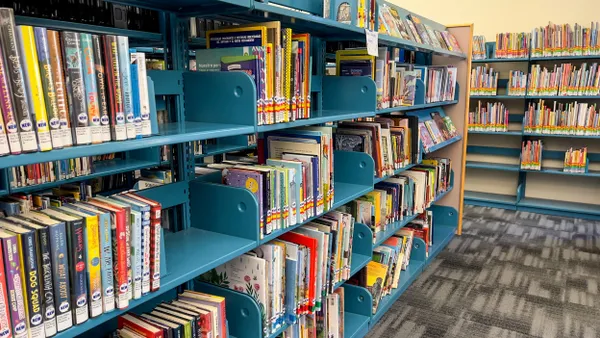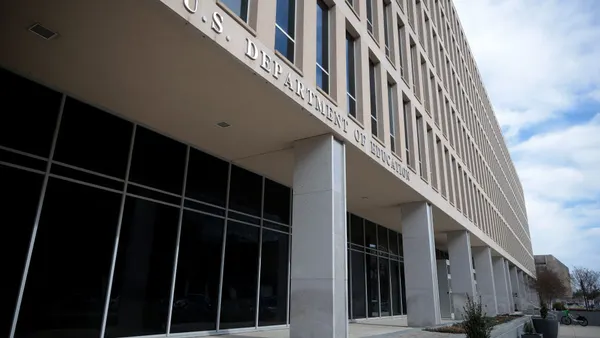The rush of field trip day is something most adults remember vividly from their childhood: clutching a school lunch, sitting next to a friend, boarding a bus to anywhere as long as it wasn’t at school. A field trip represented a day of freedom, which offers “students opportunities that are impossible to find in a classroom,” Elisa Caref, the director of education at the Sarah Lawrence College Center for the Urban River at Beczak (CURB), said in an email.
“Whether it’s a museum, an outdoor field science trip, a community garden, or a tour of an old boat docked in the harbor, students get to explore an entirely new way of learning in a brand-new context,” Caref said. “They are exposed to a variety of careers, settings, and a way of learning that is inaccessible in the classroom.”
Field trip + academics
Unfortunately, field trips usually come with a fee. Buses cost money to rent, and while some institutions offer free admission to schools, others do not. According to the Brookings Institution, 30% of school administrators said they stopped offering field trips during the 2010-2012 recession.
While that means fewer chances to explore the world outside a school yard, there are also academic consequences, as the report noted, citing a 2015 New York University paper, which found that middle school students who went on field trips scored higher on science tests.
CURB found a similar correlation. A research study on field trips that students took to their location on the Hudson River, during the 2015-2016 school year, found that children had more questions about the estuary after their visit than before. The field trip also increased students' sense of ownership about the river, and that they now had an ability to protect and care for the waterway as well.
Finding money
For schools struggling to find funds, some organizations do offer grants. Target offers stipends for K-12 schools through scholarships. Educators can apply until Oct. 1 for grants used before the close of the 2018-2019 school year.
For teachers looking to finance field trips related to the Civil War, Revolutionary War and the War of 1812, the American Battlefield Trust offers grants for expenses up to $1,500. Educators have also turned to DonorsChoose, an online site, raising funds for specific projects and trips through crowdsourcing.
Caref admits that institutions, such as non-profits, need to charge to cover their own expenses such as paying in-house educators. But she says schools can look at visiting institutions like public gardens, and create their own self-guided field trips. Cara Djonko-Moore, assistant professor at Rhodes College’s Educational Studies Program in Memphis, Tennessee, says that churches, local parks and even a YMCA are also good, and affordable, places to start.
Educators need field trips, too
Djonko-Moore, who co-authored a 2016 paper “Out of the Classroom and Into the City: The Use of Field Trips as an Experiential Learning Tool in Teacher Education,” also believes that educators who’ve had experience taking field trips while studying to be a teacher broaden the way they teach. They may also develop a sense of what makes a good field trip in the first place.
Djonko-Moore says it’s important for “teachers to go beyond their classrooms when they teach,” she said in an email. She added that field trips extend the space where their students learn, and that can certainly include the neighborhood at large.
“Teachers should absolutely explore the local community around their school, meet with stakeholders and community leaders, and see what all the local environment has to offer,” she said. “Every location has resources, and they should be capitalized upon.”











